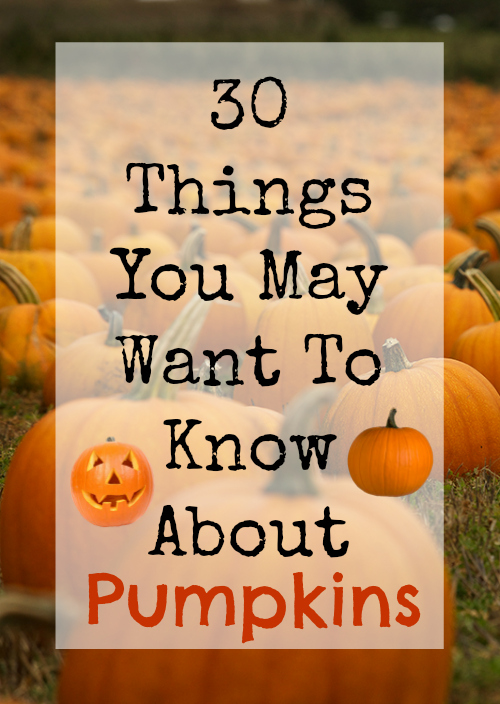
1.) Pumpkins can come various shapes, sizes and colors.
2.) The name pumpkin comes from the Greek word ‘pepon’, meaning ‘large melon’.
3.) Scientifically speaking, pumpkins are a fruit (they contain seeds) but when it comes to cooking, they are often referred to as vegetables.
4.) They vary in weight but an average sized pumpkin might weigh around 13 pounds (6 kilograms)
5.) Pumpkins can really grow biiiiiiiggggg! How do they do that! Wow! They can be grown for competitions, with some weighing over 1000 pounds! (450 kilograms).
6.) In 2010, the world record was 1810 pounds!
7.) Over 1 billion pounds (450 million kgs) of pumpkin are produced in the United States of America every year.
8.) Pumpkins can be baked, roasted, steamed or boiled to make delicious things to eat.
9.) Pumpkin soup is popular, as are roasted pumpkin seeds, which is very high in iron.
10.) Pumpkin pie is a sweet dessert that originates in North America and is traditionally eaten during harvest time and holidays such as Thanksgiving and Christmas.
11.) In early colonial times, pumpkins were used as an ingredient for the crust of pies, not the filling.
12.) 100 grams of pumpkin produces around 26 calories of energy. Go Pumpkins!
13.) A pumpkin is a member of the Cucurbita family which includes squash and cucumbers.
14.) Six of the seven continents can grow pumpkins including Alaska! Antarctica is the only continent that they won’t grow in.
15.) Pumpkins contain potassium and Vitamin A.
16.) Pumpkin flowers are edible.
17.) The largest pumpkin pie ever made was over five feet in diameter and weighed over 350 pounds. It used 80 pounds of cooked pumpkin, 36 pounds of sugar, 12 dozen eggs and took six hours to bake.
18.)Pumpkins are popular decorations during Halloween. A carved pumpkin illuminated by candles is known as a ‘jack-o-lantern’. The tradition is believed to have come from Ireland, where they used to carve faces into turnips, beet and other root vegetables as part of the Gaelic festival of Samhain.
19.) The Connecticut field variety is the traditional American pumpkin.
20.) Pumpkins are 90 percent water.
21.) Eighty percent of the pumpkin supply in the United States is available in October.
22.) There are over 45 different varieties of pumpkin, the most common being: the Cinderella, the One Too Many, the Fairytale, the Jarrahdale, and the Jack-be-Little. Learn more.
23.) Pumpkin seeds are traditionally planted in greenhouses in April. When they begin to grow for May, they are moved outside. When the colors begin to change from green to orange, they can be harvested.
24.) The self proclaimed “Pumpkin Capital of the World” is Morton, Illinois where Libby has it’s pumpkin plant.. Over 100 thousand tons of pumpkins are processed their each year.
25.) Colonists sliced off pumpkin tips; removed seeds and filled the insides with milk, spices and honey. This was baked in hot ashes and is the origin of pumpkin pie.
26.) Throughout history, the pumpkin has been used for many medicinal reasons, e.g freckles, snakebites, etc.
27.) The word “pumpkin” showed up for the first time in the fairy tale Cinderella (before the Disney cartoon).
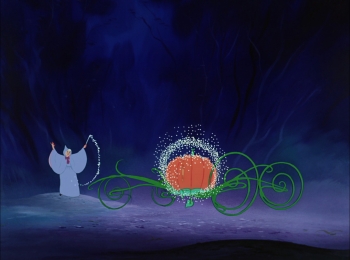
28.) A French explorer in 1584 first called them “gros melons,” which translates into Latin as “pepon,” which means large melon. It wasn’t until the 17th century that they were first referred to as pumpkins.
29.) Each pumpkin has about 500 seeds and they take between 90 and 120 days to grow.
30.) Delaware hosts an annual “Punkin Chunkin” championship. Teams compete in a pumpkin launching competition, where pumpkins are shot almost 5,000 feet from an air cannon. (Update)
Sources:
http://www.sciencekids.co.nz/sciencefacts/food/pumpkins.html
http://pumpkinfresh.com/facts.htm
http://www.thefactsite.com/2012/10/pumpkin-facts.html
http://www.goodhousekeeping.com/health/diet-nutrition/a22544/facts-about-pumpkins/
Thanks for reading. Please feel free to enjoy this free wordsearch below:

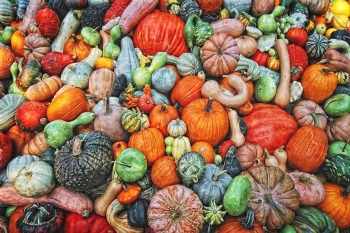
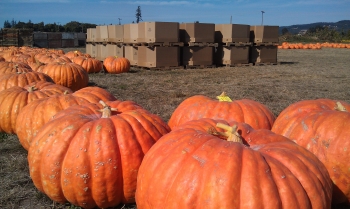
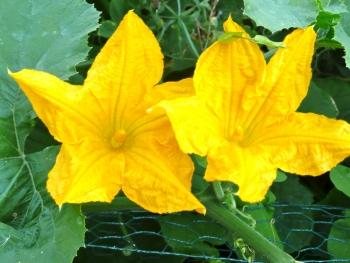
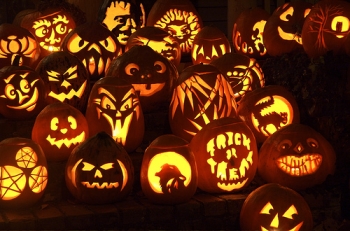
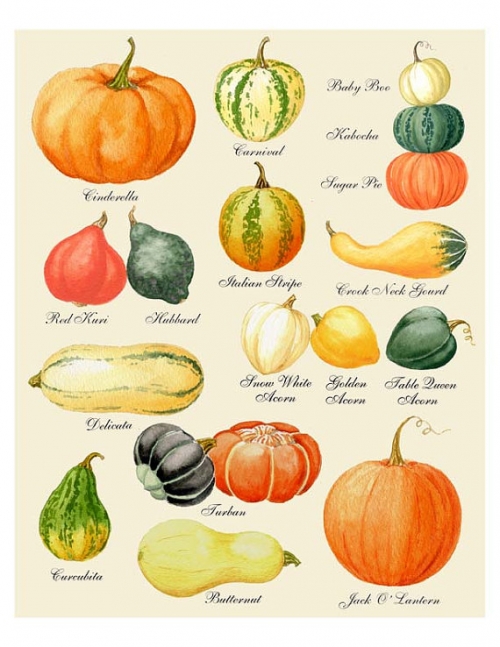

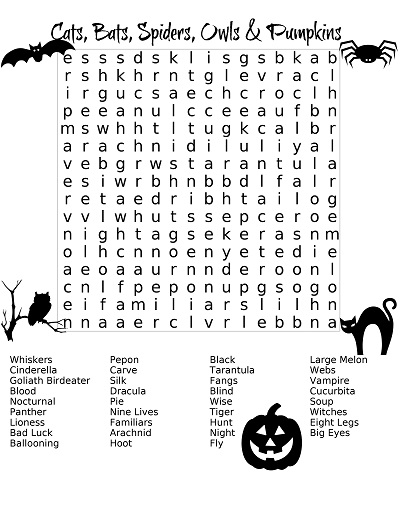
[…] Things you may want to know about Halloween, Candy Corn, Pumpkins and […]
Edible leaves?!? Wow, I had no idea! I love the “30 Things”….can’t wait to share with my kiddos. First time linking up & coming over from Small Victories Sunday Linkup. Great post & so glad to join the party! :)
Thanks so much for dropping by and reading this post. Hope you were able to learn a few new interesting things about pumpkins.
Such fun facts! I didn’t know a lot of these things! Thanks for putting this together and sharing at the #SmallVictoriesSundayLinkup!
Hi Heather,
Glad you were able to learn some new things. I really appreciate your comment. Thanks so much and blessings to you.
How cool! I love these facts!
We’ve grown pumpkins before but i didn’t know all the history about them. Love these fun facts!
That’s a very interesting list, one that I find really interesting is using the pumpkin as the pie crust. Would that be the whole pumpkin with the skin on or was cooked pumpkin used in a recipe? I have been baking squash and I just use the cooked flesh with chicken and stock, and a few added vegetables, in a soup, it is very tasty.
I love this, a lot of great information and fun facts too about pumpkins. Thank you so much for sharing!
We love watching the pumpkin chunkin contests each year.
I just think is is so cool how large pumpkins can grow! WOW! Thank you for sharing all of these interesting facts!